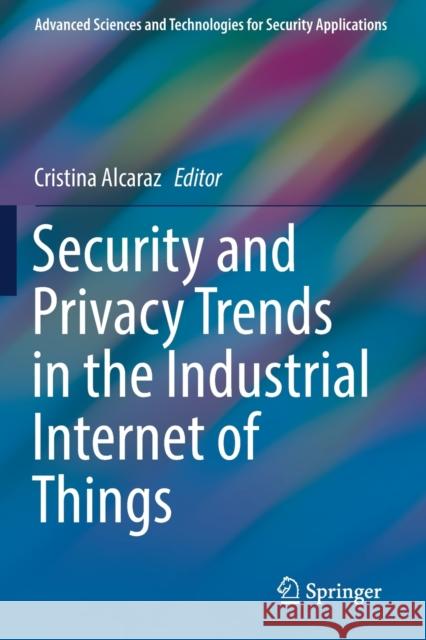Security and Privacy Trends in the Industrial Internet of Things » książka
topmenu
Security and Privacy Trends in the Industrial Internet of Things
ISBN-13: 9783030123321 / Angielski / Miękka / 2020 / 310 str.
Security and Privacy Trends in the Industrial Internet of Things
ISBN-13: 9783030123321 / Angielski / Miękka / 2020 / 310 str.
cena 402,53
(netto: 383,36 VAT: 5%)
Najniższa cena z 30 dni: 385,52
(netto: 383,36 VAT: 5%)
Najniższa cena z 30 dni: 385,52
Termin realizacji zamówienia:
ok. 22 dni roboczych.
ok. 22 dni roboczych.
Darmowa dostawa!
Kategorie:
Kategorie BISAC:
Wydawca:
Springer
Seria wydawnicza:
Język:
Angielski
ISBN-13:
9783030123321
Rok wydania:
2020
Wydanie:
2019
Numer serii:
000307417
Ilość stron:
310
Waga:
0.45 kg
Wymiary:
23.39 x 15.6 x 1.73
Oprawa:
Miękka
Wolumenów:
01
Dodatkowe informacje:
Wydanie ilustrowane











